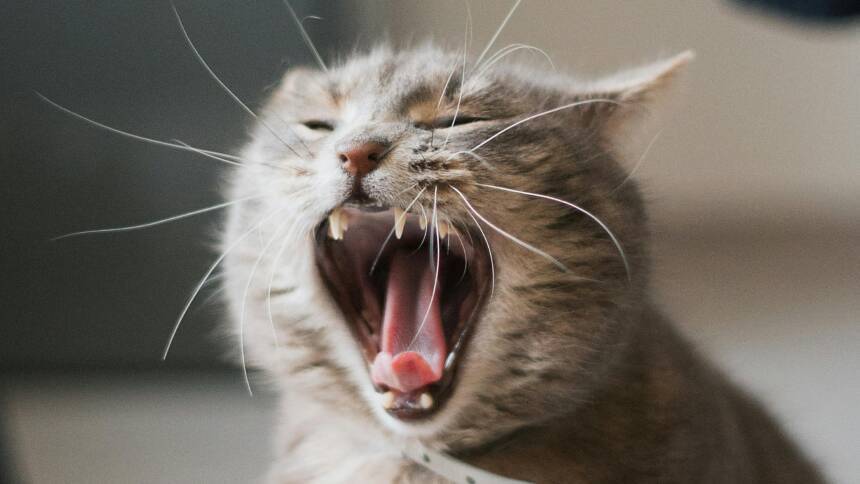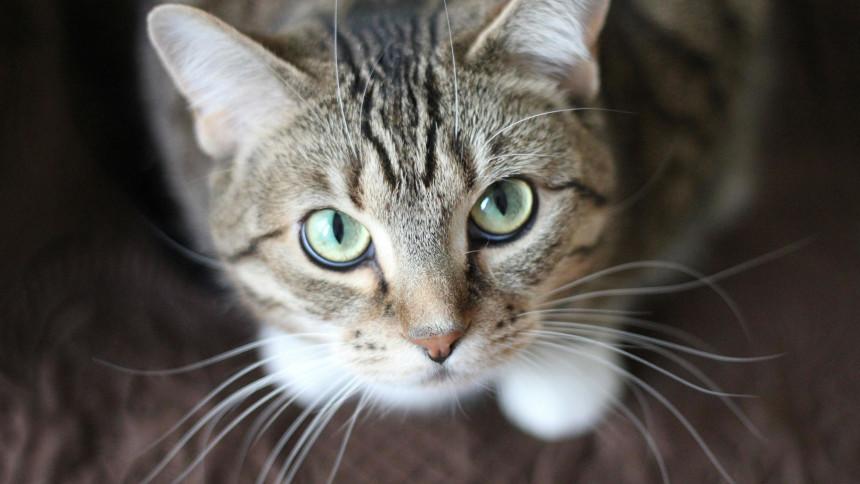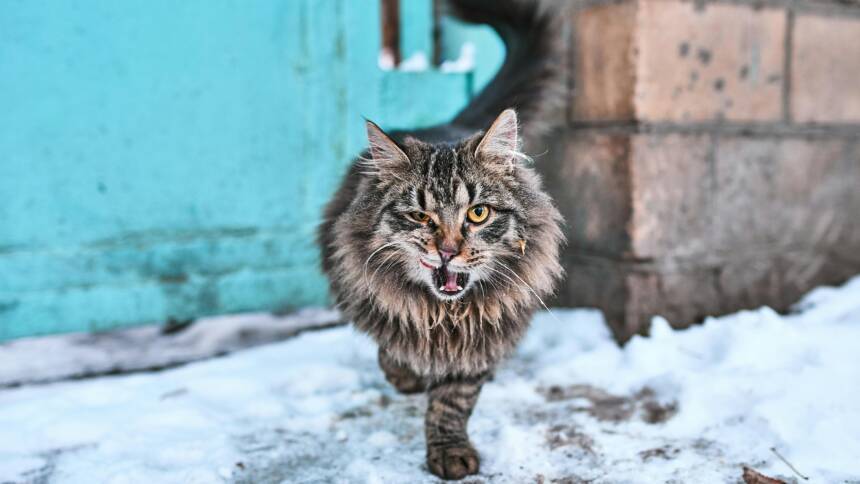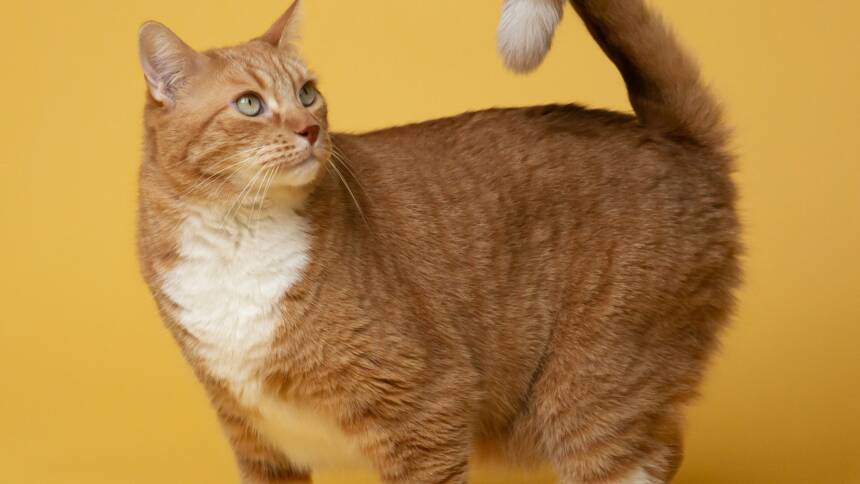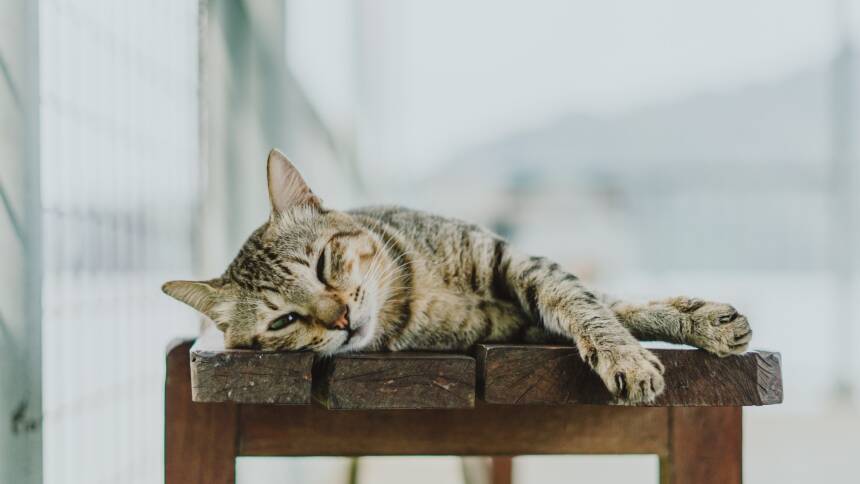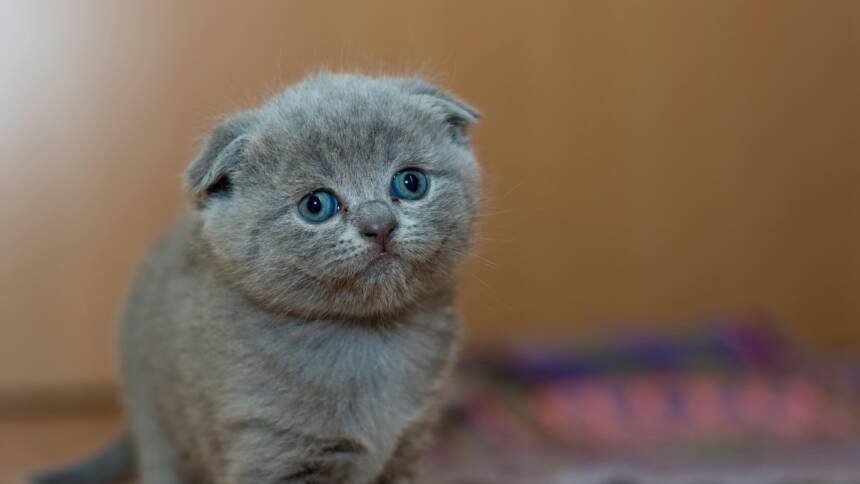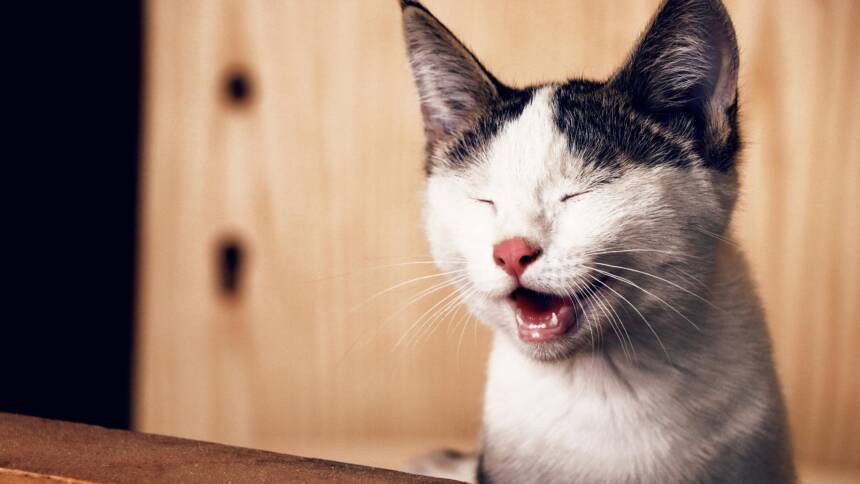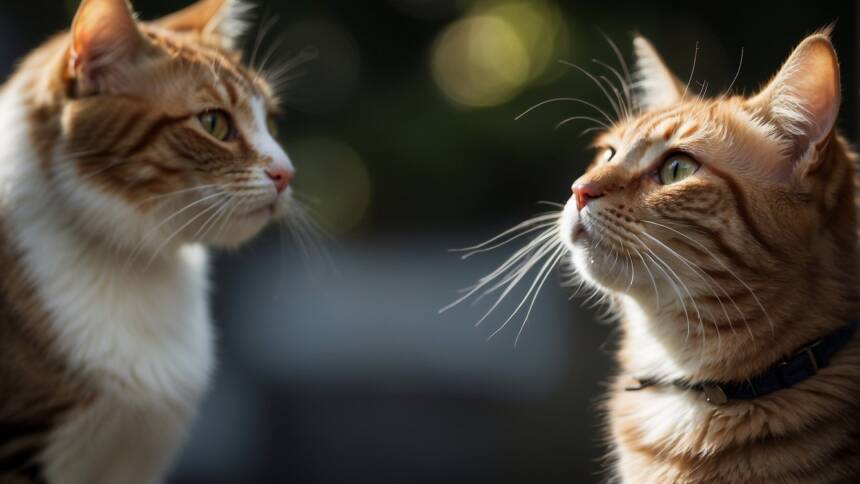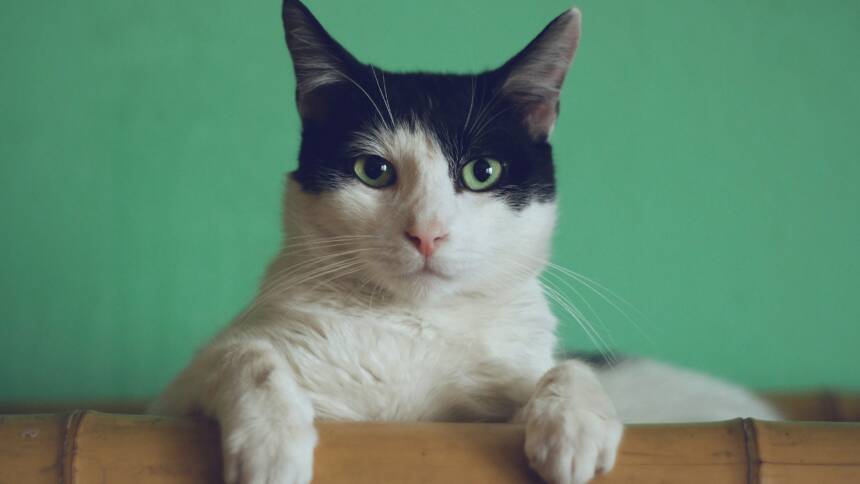Cat saliva is often thought of as a tool for cleanliness in the feline world, used by cats to groom their fur and care for their wounds. However, interactions between humans and their feline companions have raised questions about the potential health risks of cat saliva to humans. The concern stems from the fact that saliva, a natural substance in many animals, can sometimes harbor harmful bacteria and allergens.
While cat saliva has certain healing properties that benefit cats, such as enzymes that can promote wound healing, the transfer of saliva from cats to humans may pose health risks. The potential for zoonotic diseases—illnesses that can be transmitted from animals to humans—also brings a level of risk when considering the impact of cat saliva on human health. Understanding these risks and the nature of the bacteria present in cat saliva is essential for ensuring safe and healthy interactions between cats and their human owners.
Understanding Cat Saliva and Human Health
Cat saliva plays a crucial role in feline hygiene and health, yet it can pose certain health risks to humans due to its composition and potential to carry bacteria and allergens.
Composition of Cat Saliva
Cat saliva contains a variety of enzymes and proteins that serve multiple functions. These enzymes aid in the breakdown of food, while certain proteins like fel d 1 are involved in grooming and are known allergens to some individuals. Fel d 1 is a protein that can cause allergic reactions in susceptible people, often leading to symptoms such as itching or sneezing.
- Enzymes: Help with digestion and cleaning.
- Proteins: Including allergens like fel d 1.
Potential Health Risks Posed by Cat Saliva
While cat saliva is critical for feline cleanliness, its importance to humans is markedly different. Humans can be exposed to potentially harmful bacteria through bites, scratches, or even petting if they then touch their mouth or an open wound without washing their hands.
- Harmful Bacteria: Including those that may cause infections or zoonotic diseases.
- Allergens: Such as fel d 1, which can lead to allergic reactions.
Humans should maintain good hygiene practices, such as washing hands after handling cats or their litter, to minimize the health risks associated with cat saliva.
Common Reactions to Cat Saliva in Humans
When humans come into contact with cat saliva, the reactions can range from mild allergies to serious infections. Two primary concerns include allergic reactions and the potential for infections due to bites and scratches.
Allergic Reactions
Individuals may experience an allergic response after contact with cat saliva. Symptoms can manifest in various forms, including:
- Watery eyes: A common sign where the eyes become itchy and watery.
- Sneezing: Frequent sneezing fits may occur as the body attempts to expel allergens.
- Skin rash: Contact with cat saliva can cause skin irritation leading to rashes.
- Asthma: For some, exposure to allergens in cat saliva can trigger asthmatic symptoms.
In rare cases, exposure to allergens can lead to anaphylaxis, a severe reaction that requires immediate medical attention.
Infections from Cat Bites and Scratches
Cat saliva may carry harmful bacteria such as Pasteurella multocida. When a cat bites or scratches, these bacteria can enter the human body through the wound. This can result in:
- Skin infection: Characterized by redness, swelling, and pain around the bite or scratch area.
- Other symptoms: If the infection spreads, individuals might experience fever, fatigue, and general discomfort.
Prompt medical treatment following a cat bite or scratch can prevent the onset of more serious complications.
Specific Diseases Transmitted by Cat Saliva
While cat saliva is not inherently dangerous, it can carry pathogens that cause specific diseases in humans. This section outlines the bacterial infections and zoonotic diseases potentially transmitted through cat saliva.
Bacterial Infections
Pasteurella multocida is a bacterium commonly found in the mouths of cats and can be transmitted to humans through bites or scratches. Infections generally cause redness, swelling, and pain at the site of the wound. Bartonella henselae, the causative agent of cat scratch disease or cat scratch fever, can also be spread through saliva-contaminated scratches.
- Pasteurella multocida: Wound infections, typically from bites or scratches, that may require antibiotic treatment.
- Bartonella henselae: Causes cat scratch disease, with symptoms like swollen lymph nodes, fever, and fatigue.
- Capnocytophaga bacteria: Can be transmitted through bites, leading to rare but serious conditions like sepsis.
Zoonotic Diseases
Zoonotic diseases are illnesses that can be transmitted from animals to humans. Two of the most significant diseases related to cat saliva include rabies and toxoplasmosis.
- Rabies: A serious viral disease that affects the brain and central nervous system. It is typically spread through the bite of an infected cat.DiseaseTransmission via SalivaNotable SymptomsRabiesThrough bitesFever, headache, excess salivation, muscle stiffness, confusion, paralysis
- Toxoplasmosis: Caused by the parasite Toxoplasma gondii, which can be found in cat feces and may contaminate saliva during grooming.DiseaseTransmission via SalivaNotable SymptomsToxoplasmosisIndirect through self-groomingFlu-like symptoms, muscle aches, and lymph node swelling
Other potential diseases include cryptosporidiosis and giardiasis, which may be spread through contamination of a cat’s fur or mouth from fecal matter, and subsequently transferred to a human if they ingest the parasite after handling the cat.
Treatment and Management of Cat Saliva Exposure
Exposure to cat saliva can result in infections and allergic reactions. Immediate and appropriate treatment is essential to prevent complications.
First Aid for Cat Bites and Scratches
When a person suffers a cat bite or scratch, they should take the following first aid steps promptly:
- Wash the wound thoroughly: Using soap and water, cleanse the wound for at least 5 minutes to minimize the risk of infection.
- Apply antiseptic: After washing, apply an antiseptic solution to further disinfect the area.
- Cover the wound: Use a sterile bandage to cover the wound, and keep it clean and dry.
- Seek medical attention: Even minor wounds can become serious. It’s advisable to see a healthcare professional, especially if the wound is deep, red, swollen, or shows signs of infection.
Medical Treatment for Infections
If an infection from a cat bite or scratch is suspected, the following medical interventions might be necessary:
- Antibiotics: A healthcare provider may prescribe antibiotics to treat or prevent bacterial infections transmitted through cat saliva.
- Regular vet check-ups for the cat: To minimize future risks, ensure the cat stays healthy and its vaccinations are up to date through regular vet check-ups.
- Therapy for severe reactions: For more serious infections, hospitalization and intravenous antibiotics may be required.
For those with allergies to cat saliva:
- Allergy medications: Over-the-counter or prescription medications can help manage mild allergy symptoms.
- Immunotherapy: For severe allergies, a healthcare provider might recommend immunotherapy.
Prompt and effective treatment can manage risks associated with cat saliva exposure, and regular vet visits help to keep the cat healthy, reducing the chances of disease transmission.
Risk Factors and High-Risk Populations
Exposure to cat saliva poses specific risks to certain populations, including those with weakened immune systems and age-related vulnerabilities. The following subsections detail the groups at greater risk and the reasons for their susceptibility.
Children and the Elderly
Children, especially infants and toddlers, are at a higher risk of complications from exposure to pathogens in cat saliva. Their immune systems are not yet fully developed, making them more prone to infections. Similarly, the elderly may experience a decreased immune response, elevating their risk of contracting infections from cats.
Key Risk Factors for Children and Elderly:
- Age: The very young and the old have less robust immune defenses.
- Exposure: Close contact with cats, such as through licks or scratches, increases risk.
Individuals With Compromised Immune Systems
Individuals with compromised immune systems, such as those living with HIV/AIDS or undergoing treatments that weaken immune function, are particularly susceptible to infections that could be transmitted through cat saliva. Pregnant women also need to exercise caution, as certain infections can affect pregnancy and fetal health.
Specific Risks for Those with Compromised Immune Systems:
- Increased vulnerability to common pathogens present in cat saliva.
- Potential for severe infection, which may require medical intervention.
Highlighted Populations:
- Individuals with HIV/AIDS
- People receiving chemotherapy or immunosuppressive drugs
- Transplant recipients
- Pregnant women: Must be wary of Toxoplasmosis, a particular threat to fetal development.
Preventive Measures for Cat Owners
In order to mitigate the potential health risks associated with cat saliva, cat owners should adhere to a strict routine of veterinary care and maintain rigorous hygiene practices.
Regular Veterinary Care for Cats
Regular vet check-ups are an essential part of preventing the spread of diseases from cats to humans. Veterinarians can safeguard against zoonotic diseases through vaccinations and treatments for common issues like fleas, which can inhabit a cat’s fur and skin. By scheduling annual physical exams, owners ensure their pets are not only vaccinated but also checked for any signs of oral or other health issues that can contribute to the presence of harmful bacteria in their saliva.
- Vaccinations: Up-to-date shots to prevent diseases such as rabies.
- Flea Control: Monthly treatments to prevent flea infestations.
- Dental Hygiene: Monitoring for signs of gum disease which can proliferate harmful bacteria.
Hygiene and Grooming Practices
Consistent grooming and hygiene can dramatically decrease the risk of exposure to potentially harmful bacteria found in cat saliva. Owners should brush their cats regularly to minimize the loose hair and dander that cats typically ingest during self-grooming, which can mix with saliva and possibly transfer to humans. Hand washing after petting or playing with cats is critical in preventing the spread of germs.
- Brushing: Frequent brushing to reduce hairball formation and ingestion of fur.
- Hand Washing: Thorough hand washing with soap and water after handling pets.
- Cleaning: Regular cleaning of cat living areas with appropriate disinfectants.
Additionally, investing in an air purifier can help to circulate and filter out allergens and pathogens from the air, not only contributing to a cleaner environment for the owner but also for the cat.
Summary and Best Practices
Cat saliva, while offering certain benefits for cats themselves, presents a risk of infection when it comes into contact with humans. This section highlights safe handling practices and summarizes critical information on the subject.
Summary of Key Points
- Cat saliva can contain bacteria such as Pasteurella multocida, which pose a risk of infection.
- Infections in humans may manifest as skin infections with symptoms including redness, swelling, and pain.
- Although antibacterial substances are present in cat saliva, these agents are not necessarily beneficial to human health.
- Bites and scratches are common means of transmitting potential pathogens from cats to humans.
Best Practices for Cat Owners and Others
- Hygiene: Regular hand washing after handling cats or their litter is crucial.
- Wound Management: Promptly clean and disinfect any cat-inflicted wounds.
- Preventive Care: Ensure cats are up to date on vaccinations and veterinary check-ups to minimize disease risks.
- Education: Owners should educate themselves on the symptoms of diseases that can be transmitted from cats to humans.
By adhering to these best practices, individuals can minimize the risks associated with cat saliva while enjoying companionship with their feline friends.
